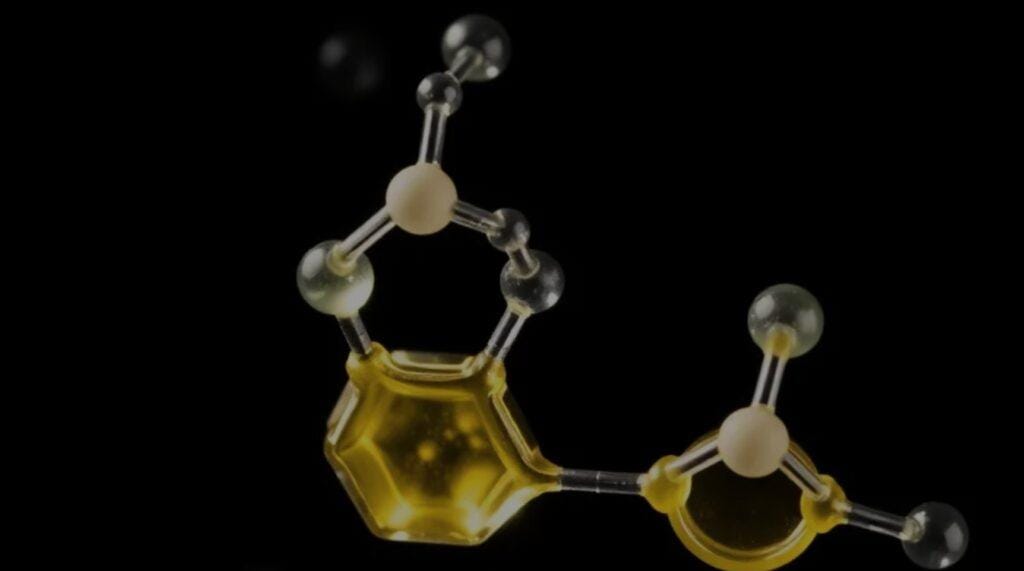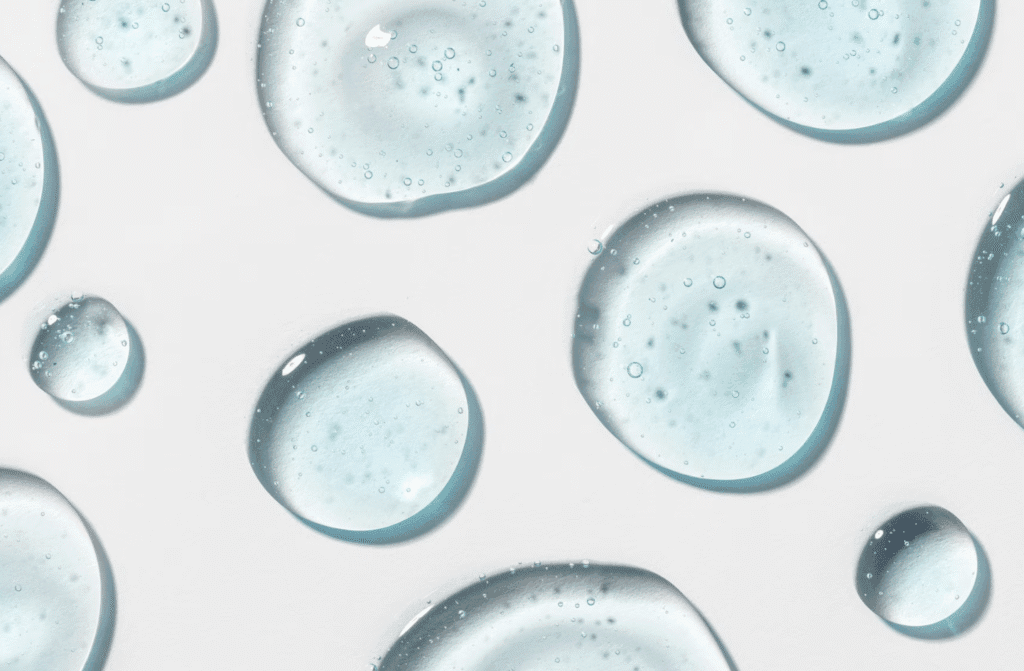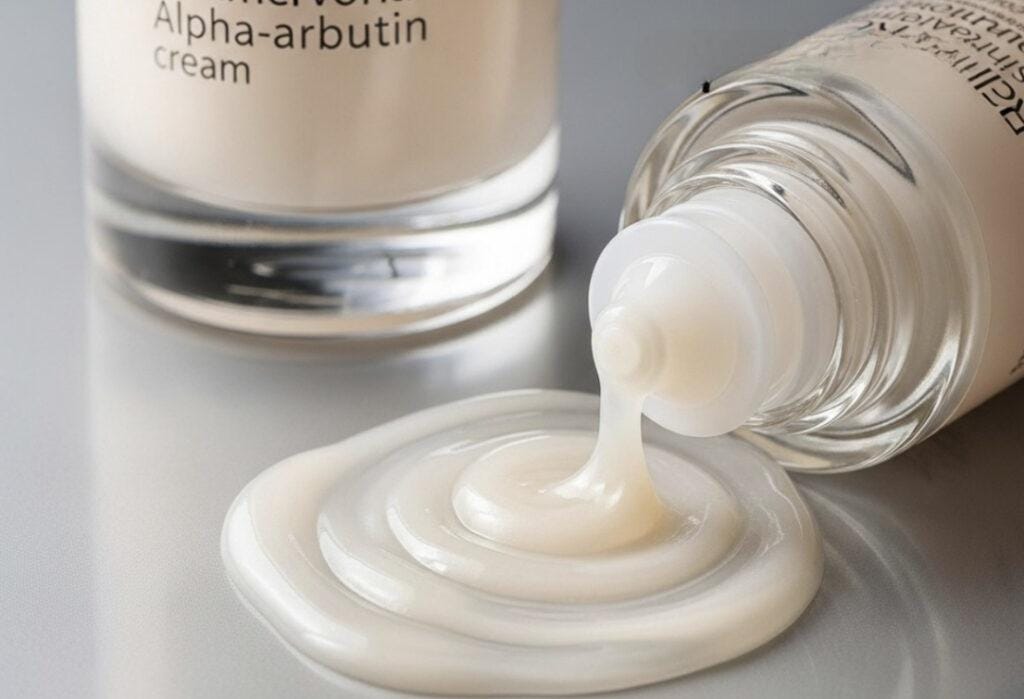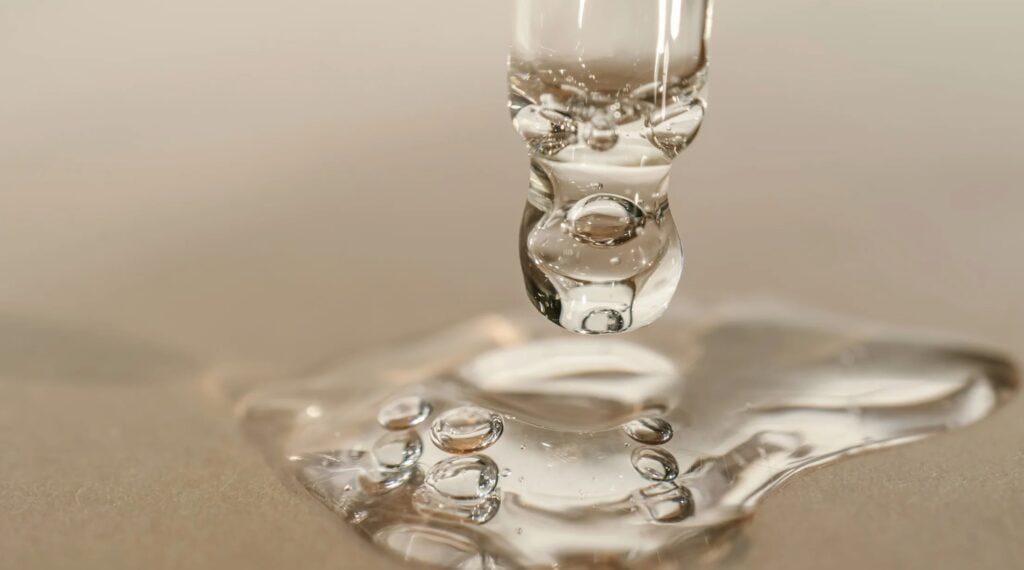Have you ever tried something that made your skin noticeably smoother come morning? There was a good chance lactic acid was in it — and yes, it works that quickly.
Whether you’re new to exfoliation or looking for something other than products that leave your skin red and flaky, lactic acid in skincare be the secret ingredient you’ve been looking for. It’s gentle but works, and is suitable for all but the most sensitive skin types.
A natural alpha hydroxy acid (AHA), lactic acid for skin is not simply an exfoliator. It’s hydrating, brightens dullness and even contributes to fine lines and pigmentation. That’s a lot from one ingredient, huh?
In this guide, I’m going to relay all I’ve learned through a combination of research and personal experience about how to use lactic acid, what sets it apart, and the best lactic acid products that will get you results without putting a dent in your wallet. Whether you’re dealing with rough texture, dry spots, or just looking for that baby-soft feel, the lactic acid benefits can make a believer out of you.
Did You Know?
It is said Cleopatra bathed in sour milk to keep her skin brilliant — and apparently she was on to something. That glow? All thanks to lactic acid.
Also Read: Vitamin E for Skin Health: How It Can Improve Your Beauty Routine
What is Lactic Acid?
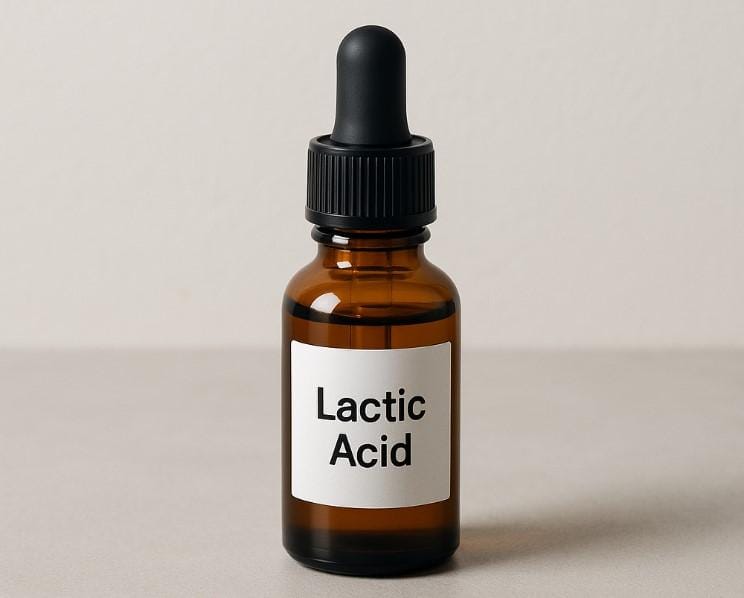
Lactic acid as used in skincare, is an AHA made from fermented milk, or synthetically for use in cosmetics. It works by loosening the grip between dead skin cells, so they can be sloughed off more easily.
What sets lactic acid for skin apart from other AHAs such as glycolic acid is that its molecular size is larger, which makes it penetrate less deeply — and that’s a good thing. It sloughs off the top layer without irritating it, a blessing especially for sensitive complexions.
Plus, it’s a humectant. Which is to say it pulls water to it, leaving you with not just a scrub but a treatment: Water that’s brought to it upon contact provides hydration as it’s being exfoliated. That’s one of the standout strengths of lactic acid — you’re not just removing some old skin, you’re helping the new one below it thrive.
Forms of Lactic Acid in Skincare
When it comes to skincare, you’ll encounter lactic acid in a variety of product types. Here’s how it’s commonly used:
- Cleansers: Gentle daily exfoliation, perfect for those new to the routine.
- Toners: Provides gentle exfoliation with added hydration.
- Serums: More potent; excellent for focused therapy.
- Peels: High potency formulas that can be used once or twice weekly.
- Body Lotion: Use for body exfoliation or overnight treatments.
Key Benefits for Your Skin
The upside of lactic acid is more than just a surface-level exfoliation. Here’s why it deserves a place in your skincare roster:
- Gentle Yet Effective Exfoliation: Sloughs away rough, dead skin without scrubbing.
- Boosts Radiance: Regular use of lactic acid for skin will reveal smoother, brighter skin.
- Improves Texture: Rough patches? Bumps? It helps even everything out.
- Hydrates Skin: Unlike other exfoliants, it seals moisture in while sloughing away the old cells.
- Reduces Hyperpigmentation: Adios, dark spots, sun damage and uneven tone.
- Softens Fine Lines: Consistent use helps smooth out lines and wrinkles.
- Enhances Product Absorption: It helps serums and moisturizers penetrate better by exfoliating the dead skin layer.
How to Incorporate It into Your Routine
If you’re curious how to use lactic acid, here’s a step-by-step breakdown:
- Ease into It: For new users, 2–3 times a week at night is perfect.
- Cleanse for Best Results: Apply to clean, dry skin every time.
- Apply Serum or Toner: Pick a percentage that fits your ski type (5% to 10%).
- Moisturize After: Finish your routine with a soothing, hydrating moisturizer.
- A Necessity For All Skin Types: Daily use of sunscreen is recommended as AHAs may increase skin sensitivity to the sun.
My Pro Tip: Want to get the most out of lactic acid? Pair it with hyaluronic acid to hydrate and calm the skin after exfoliation.
Best Ingredients to Pair
Lactic acid combined with other acids or ingredients may function even better. Here is a table of the best combinations:
| Ingredient | Why It Works With Lactic Acid | Skin Concern Targeted |
|---|---|---|
| Hyaluronic Acid | Deep hydration | Dryness, dehydration |
| Niacinamide | Balances oil, calms redness | Acne, sensitivity |
| Squalane | Nourishing and soothing | Barrier repair, dry skin |
| Peptides | Stimulate collagen | Aging, dullness |
| Ceramides | Strengthen skin barrier | Irritation, sensitivity |
What to Avoid Mixing With
Although lactic acid skin benefits are multi-faceted, you’ll want to avoid mixing this powerful ingredient with any of the following to prevent skin sensitivity:
- Retinol: They’re both exfoliants; using them in conjunction can be irritating.
- Benzoyl Peroxide: It can cancel out lactic acid.
- Other Powerful Acids: Over-exfoliation if used with AHA or BHA.
My Quick Tip: If you really need to use these ingredients, alternate day to avoid irritation.
Side Effects to Be Aware Of
As with most things, lactic acid is safe to use for most skin types; however, some people may have negative reactions:
Side Effects to Know
- Mild burning, especially at higher concentrations
- Dryness or flaking from overuse
- Sensitivity, redness, or irritation in sensitive skin.
- Temporary purging or breakouts
Side Tips to follow
- Causes sun sensitivity—Don’t forget to wear SPF
- Not suitable to be used with retinoids or strong acids
- Pregnant or breastfeeding women should consult their dermatologist.
- Patch test – Always patch test before full application.
Product Recommendations
On the hunt for the best lactic acid products? Here are some of the top picks drawing rave reviews. Order now and begin your journey to beautiful skin!
- The Ordinary Lactic Acid 10%+ HA: An affordable choice with a strong dose of lactic acid. Buy it now to enjoy a soft combination of exfoliation and texture refinement.
- Sunday Riley Good Genes All-In-One Lactic Acid Treatment: This cult classic brightens and exfoliates. Buy now and see it help revolutionize the way you look at your complexion.
- Paula’s Choice Skin Perfecting 8% BHA Gel Exfoliant: A non-sticky gel that exfoliates and hydrates. Purchase immediately to add some polish and shine to your look.
- Murad AHA/BHA Exfoliating Cleanser: A mild exfoliating cleanser. Grab here to revitalize your skin and add to your daily cleansing routine.
Common Myths Debunked
Myth: Lactic acid will thin your skin
Truth: It boosts cell turnover and collagen production.
Wrapping Up: Add into your skincare routine
In terms of the skin, incorporating lactic acid can produce some of the best results when it comes to tone, texture, and hydration in a gentle fashion! And unlike others exfoliators, which can be drying, lactic acid leaves the skin with a more balanced exfoliation experience that doesn’t strip away moisture—so it’s a good pick for those with sensitive skin, skin-care newbies, or anyone looking for that glow up.
Whether you’re looking to fade darks spots, smooth fine lines or simply breathe life back into lackluster skin, the benefits of lactic acid are as hard to beat as they are to pinpoint. But, remember — how you use lactic acid is key. Begin slowly, stick to a routine and don’t forget your sunscreen. That’s the true secret of radiant results.
Check out the lactic acid products that are perfect for you based on your needs and skin type, and you’ll quickly realize why this ingredient is getting everyone excited in the world of skincare. Take a shot at it — you might just love your skin again.
FAQs
Can you use lactic acid daily?
Not at first. Begin 2–3 times a week and work up to it as your skin acclimates.
Is lactic acid bad for acne prone skin?
Yes! Lactic acid for skin clogging pores and fade post-acne marks.
When to expect results from lactic acid?
Some see better skin overnight, but most notice a difference in 2-4 weeks after continuous use.

